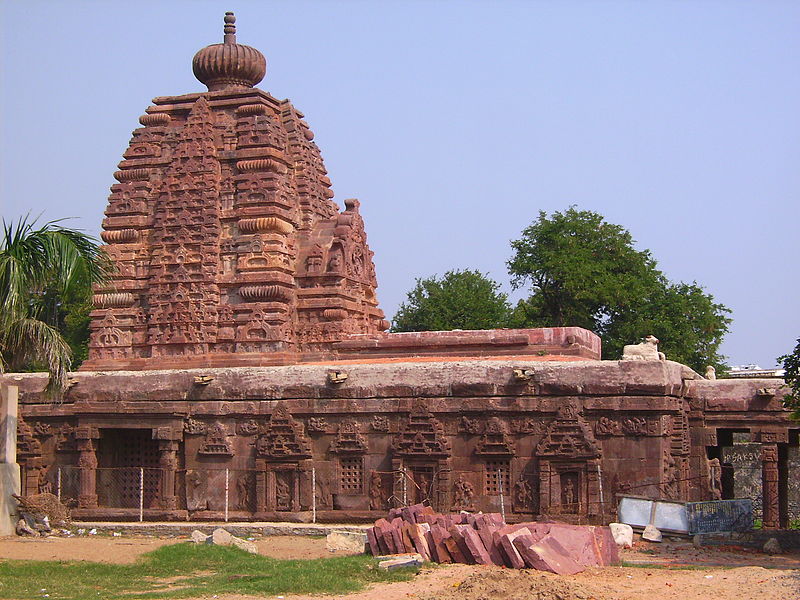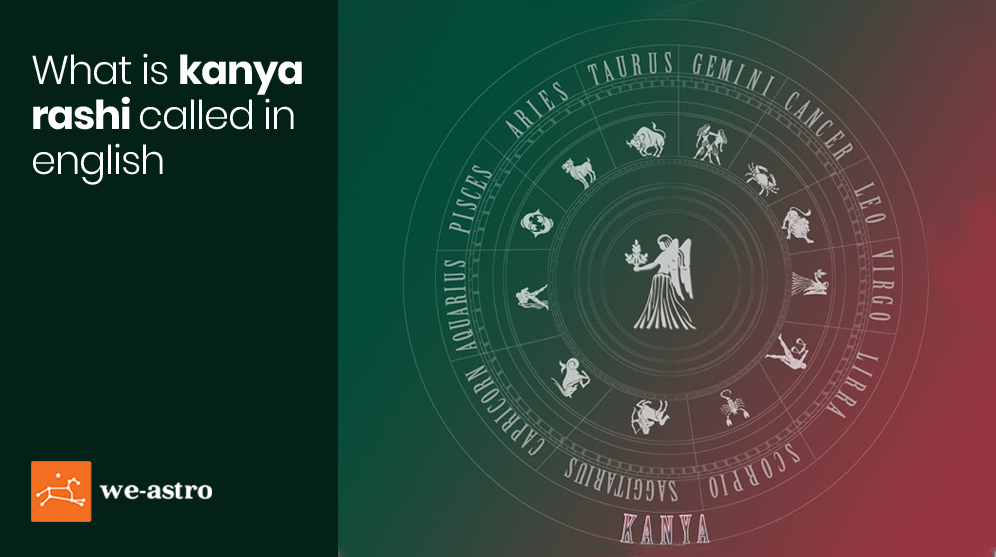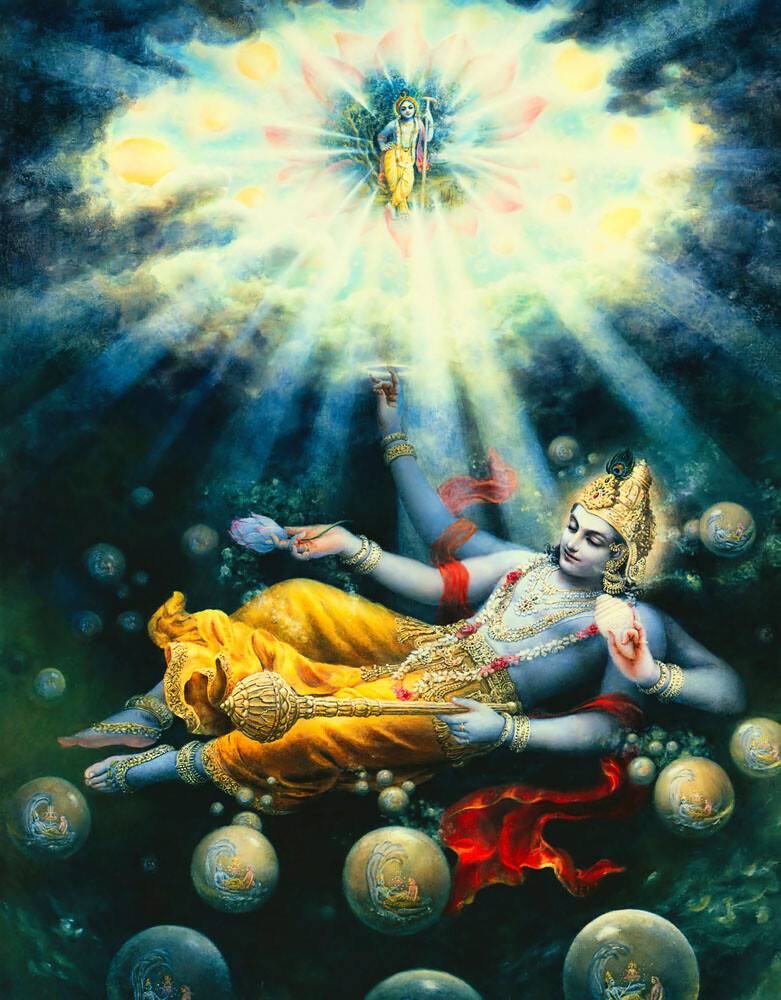Unleashing the Divine: Exploring the 10 Cosmic Avatars of Vishnu
Discover the 10 divine avatars of Lord Vishnu, known as Dashavatar, embodying preservation of the universe in Hinduism. Explore their roles and significance.

In the vast ocean of Hindu mythology, each deity has a specific role to play and is revered for their unique attributes. Among the various gods and goddesses, Lord Vishnu holds a significant position. He is considered the preserver and protector of the universe, and to maintain cosmic balance, Lord Vishnu incarnates in different forms, known as avatars. In this article, we will explore the ten avatars of Lord Vishnu, also known as the Dashavatar.
The first avatar, Matsya or the fish, is said to have emerged during the great deluge, with the objective of saving Manu, the progenitor of humanity, and the sacred Vedas from being submerged in the ocean. As the half-man, half-tortoise Kurma avatar, Vishnu served as the pivot for Mount Mandara during the churning of the ocean to obtain the divine nectar of immortality, signifying the importance of steadfastness and determination.
In the Varaha or boar avatar, Lord Vishnu defeated the demon Hiranyaksha and reclaimed the Earth from the bottom of the ocean, signifying the triumph of good over evil. As Narasimha, the half-man, half-lion form, he destroyed the demon king Hiranyakashipu, teaching us that divine protection is always available for the pious and devout.
In the Vamana avatar, Lord Vishnu took the form of a dwarf Brahmin to subdue the arrogant king Bali, showing that humility and righteousness are more significant than power and wealth. As Parashurama, he appeared as a Brahmin warrior to reinstate dharma and eliminate the corrupt ruling class, signifying the importance of justice and the consequences of unbridled power.
In the Rama avatar, Lord Vishnu epitomized the ideal ruler, teaching us the values of honesty, loyalty, and adherence to dharma. As Krishna, his divine wisdom was expressed through the Bhagavad Gita, where he guided Arjuna on the battlefield, demonstrating the importance of love, devotion, and duty. In the form of Buddha, Lord Vishnu enlightened humanity about the path of peace, compassion, and non-violence.
The final avatar, Kalki, is yet to appear, and it is believed that he will come at the end of Kali Yuga to vanquish evil and restore dharma. This avatar signifies the cyclic nature of time and the eternal battle between good and evil. In conclusion, the ten avatars of Lord Vishnu are not just mythological stories; they represent different aspects of human life, virtues, and values, reminding us of our duty to uphold dharma and maintain the cosmic balance.




